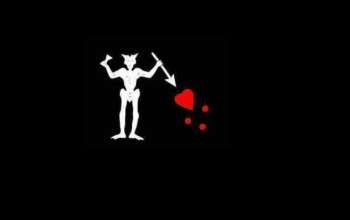Drug testing might not sound like the best way to spend your afternoon, but it is often a common requirement when starting a new job. You might be familiar with the common urine assessment, but the use of hair to search for narcotics use is another more thorough (and expensive) method.
If your new employer is requiring this version of drug screening, they are taking extra care to review your substance use over a long period of time.
Why Can Hair Be Used?
There can be up to 100,000 strands of hair on your head, and each one links right back to your bloodstream. These strands form from your blood vessels and carry along small traces of the elements found in your blood – which includes microscopic drug particles. Any substance use that impacts your blood will therefore be embedded in your hair and can show up during analysis.
The Logistics
A hair drug test, also known as a “hair follicle” test, is used to search for the presence of drugs, including opiates, cocaine, marijuana, and ecstasy. It assesses drug use up to 90 days before the sample is taken. This makes it a much more in-depth analysis than a urine one, which only tests for substance use in the past several days.
The Process
A hair drug test will probably meet your expectations. When you go in for one, the test administrator will cut a strand from your head and you will be sent on your way. Around 100 strands are needed from your head, but they can be taken from multiple parts of your head to avoid any bald spots or patches. Since your hair generally grows 0.5 inches in one month, 1.5 inches (3 months’ worth of growth) are taken to test for the 90-day screening.
Benefits of the Process
Unlike the urine analysis, the hair analysis is less messy and more sanitary. This might be a reason an employer decides to utilize one. Another reason they might use a strand analysis is because it is harder to fake than a urine sample. Privacy is required to get a urine sample, so there is a chance that the returned urine may not be from the person being tested. However, a hair sample is collected as close to the root as possible from the person being tested, so someone cannot easily swap out a sample.
Along with the validity of the hair assessment, it also has a longevity component. After the sample is collected, it can be stored at a facility in case it needs to be retested in the future.
Downfalls of the Assessment
Hair drug testing is beneficial to test long-term substance use, but it is not good for determining more recent drug use. This is because of the time it takes for follicles to grow. If substance use within the past few days is needed to be reviewed, an employer will probably decide to use a urine analysis.
The follicle assessment is also more expensive than the urine assessment, costing around 100-130 dollars. Many companies may decide to go with the cheaper option to keep business expenses low.
Complications of the Assessment
Most people should be able to provide a urine sample for review, but this may not be the case with a hair sample. If you keep your head shaved or have a very short style, the sample might not be able to be taken from your head. The test administrator may then have to take the sample from other parts of your body. If there is no suitable hair on your body at all, then no test can be administered.
Chemical practices on strands can also make this type of analysis ineffective. If someone has hair that has been bleached multiple times, the chemicals could remove the presence of drugs.
Going Forward
Overall, hair drug testing is a simple procedure. A noninvasive sample is taken and then it is analyzed. No major preparation is needed on your part before going in for an assessment.
Related Posts
Hi there! I’m Sethu, your go-to guy for all things tech, travel, internet, movies, and business tips. I love sharing insights and stories that make life more interesting. Let’s explore the world together, one article at a time!












